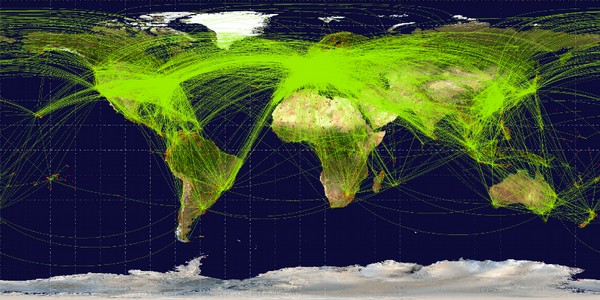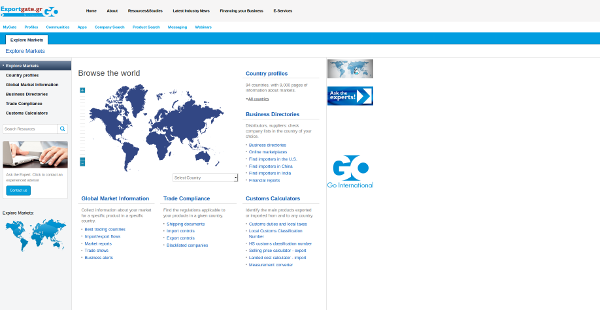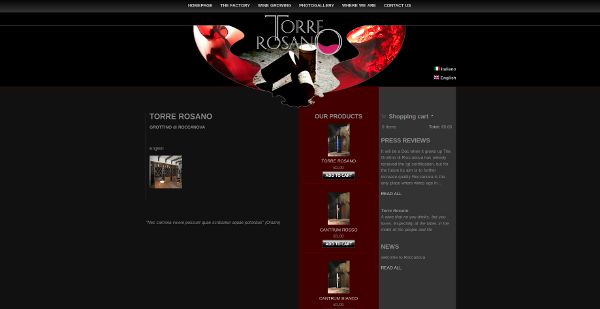Introduction

Ask yourself
The export checklist
In this chapter you can find both a check list to see if your farm can become an exporter, and a few instructions about what information you need and where you can find it.
Here is your checklist
- Where shall I sell? Each market has special features, and trying to sell “everywhere” can be very demanding, both financially and from the know-how point of view. It is therefore important to analyse potential markets and choose, as a first pilot experience, a particularly interesting one. To do so, you have to identify the countries and market segments with which you want to start a commercial relationship. Certainly you must remain open to good opportunities, but it is important to prepare yourself to "focus" on some key markets: take information, begin to read about lifestyles and habits of consumption, distribution channels, the regulatory environment and tax law .. .
- Where shall I find information? In each European country there are special offices (mostly in Chambers of Commerce) where it is possible to start finding information. They often prepare public country-specific studies.
-
What are the main issues I should be informed about?
-
Recent and long-term demand trends for specific products
-
Prices (you need some profit to cover the extra expenses of the exporting activity)
-
Custom duties. If the target country applies custom duties on your products, they will be more expensive to consumers than you think at a first glance. You have to take this into account when you plan your positioning in that market
-
Trends in exchange rates between their currency and yours (these, if not stable enough, can easily modify your price profile)
-
Distribution channels (will you face few, powerful buyers and/or importers, or will you have to speak with a large number of small enterprises?). This also affects the required volumes. Big buyers and importers often ask for high volumes, unless you deal with high quality, niche products.
-
Language. Does anybody on your farm speak good English? If you act through intermediaries, it’s ok, you share part of the profit with them, and they take care of all the speaking and writing, but if you want to act directly, you have to have a relationship your clients both in writing and in speaking. If they send a fax, it can’t be let waiting until some who speaks English translates it for you.
And, moreover, do your clients speak English or do you need another language, such as French or Spanish? -
Logistics and logistic costs. To reach your markets, your products have to be transported, and this has an impact both on the management inside the farm (packaging, refrigeration, etc.). and on your cost structure. It is important to gather information on these aspects. Your pricing policy will, therefore, be affected by a different cost structure (certifications, packaging and logistics, etc-) and by the possible existence of custom duties.
-
product characteristics: preferences, laws, non-tariff barriers. In other countries, preferences may be different; they may prefer riper fruits, or fruits of a special colour, or some particular kinds of wines, or very smooth tasting olive oil. So, this is the first thing you have to know: how should my product be to perform at its best? But then there is also a legal framework, which you have to comply with. Very specific product characteristics may be required (especially for fresh products), and this can also affect your cost structure, because you have to prove that you meet these requirements (analyses and other kinds of audits). Buyers can send their men in your country to visit your farm, and see, for example, if it respects animal welfare. A formal certification, according to official standards and guaranteed from a third part (a professional certifier) may be necessary (e.g. http://www.dnvgl.com/about-dnvgl/default.aspx; http://www.brcglobalstandards.com/ ). Sometimes, specifications and rules act as “hidden” barriers, making it harder to get ready to have products accepted by customs. Offices which provide market information often provide also this kind of information. (http://www.icex.es/icex/es/navegacion-principal/todos-nuestros-servicios/index.html)
-
customs procedures. Each country, or group of countries, has special custom procedures, and needs particular documents to accompany your shipment. In a first stage you can relay on a custom agency, then when your commercial relationship becomes regular you can hire an internal resource.
-
international payment methods. Payment times. Risks associated to payments. Insurance methods against those risks (and to the risks associated to the variations of exchange rates). You can also ask your bank about these things.
-
image and communication. Each country has a set of conventional rules concerning communication. For example, some colours may (unexpectedly for you) be associated with sadness, some words (very common in your country) should not be said (or some gestures should not be made) not to appear trivial, etc. Some images (for instance, concerning women and children) can even be prohibited, or would convey a bad reputation on the firm that uses them for its advertisements. A visit to the target country, a participation in a local fair, a support office with departments in the country can help you avoid gaffes.
Once you have gathered all this information, you can plan your export idea. The business plan structure is the same we have profiled in Module 2 Unit 5 (link), but it becomes more important to include country specific information and the way your firm is going to comply with them.
-
This is very important, because national governments and local institutions are offering grants to help firms develop in foreign markets, and a good business plan is the basis to draw attention to our project and show that it is reliable and sustainable.
-
Here are some important links
Keep in mind
Watch this video of The Organic Cave:a farm producing organic wine and aging it in a cave and exporting it:

This communication (website) reflects the views only of the author, and the Commission cannot be held responsible for any use which may be made of the information contained therein.





